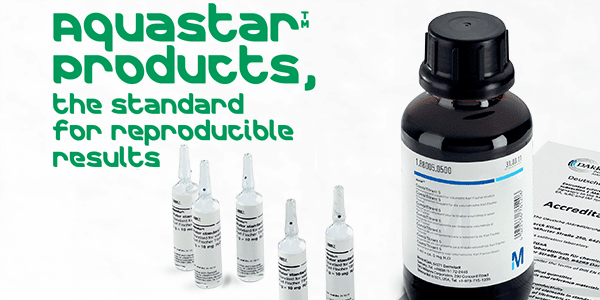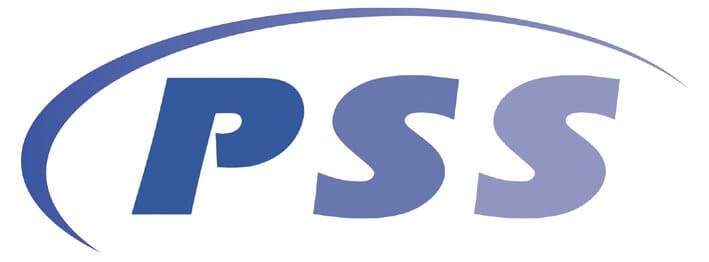Goal
To provide conclusive arguments to adopt the revolutionary Tribrid technology for a high throughput quantitative proteomics workflow.
Summary
Multichannel, isobaric tagging offers confident and reliable quantitation information for biological experiments. The multiplexing potential of the Thermo Scientific™ TMT10plex™ Isobaric Mass Tag Labelling Kit (Proteome Sciences,® commercially available from Thermo Fisher Scientific) is fully maximized when used with a SPS MS3-based method exclusive to Thermo Scientific™ Tribrid™ mass spectrometers. Uniquely designed Tribrid MS systems are capable of performing synchronous precursor selection (SPS) multi-notch MS3 quantitative analyses to improve experimental throughput and yet still providing the depth and coverage, eliminating issues encountered with TMT ratio distortions caused by interfering ions, without neglecting sensitivity that is often observed. Other commercially available mass analyzers have limitations to handle highly multiplexed isobaric tags as they lack the analytical performance features, i.e. high resolution and multiple analyzers for concurrent isolation and detection of ions, to accomplish a SPS MS3-type technique for quantitation.

 Figure 1. Interference at MS level leads to reporter ion ratios distortion in the MSMS spectra, therefore affecting quantitative accuracy, precision, and dynamic range of MSMS-based TMT quantitation significantly.1
Figure 1. Interference at MS level leads to reporter ion ratios distortion in the MSMS spectra, therefore affecting quantitative accuracy, precision, and dynamic range of MSMS-based TMT quantitation significantly.1Introduction
Multiplexing protein quantitation has found broad adoption in biological research recently, with applications ranging from human disease and cell signaling studies to microbiology research. Mass spectrometry becomes a highly essential analytical tool in relative protein quantitation comparison studies to derive functional understanding of biological perturbations. Currently, there are a few methods available for relative quantitation and one such method involves the use of isobaric chemical tags. These multichannel isobaric tags offer greater parallelization potential in quantitative mass spectrometry experiments and have the key advantages as listed:
- Increased throughput is achieved with the concurrent MS analysis of multiple samples and would consume less sample amounts, and require less instrument time.
- Fewer missing values are guaranteed as identification and quantification are done in a single run, without worrying about irreproducibility.
- Sample origin flexibility increases experimental possibilities as samples can be derived from cells, tissues or biological fluids and are compatible with the isobaric tags.
- Increased multiplexing can be accomplished as more than three biological and/or experimental conditions can be compared (up to 10 samples with commercially available 10plex tags).
- Multiple comparisons and improved statistics by incorporating replicates with multiple conditions: doseresponse, time-course, multiple tissues, subcellular fractions, etc.





